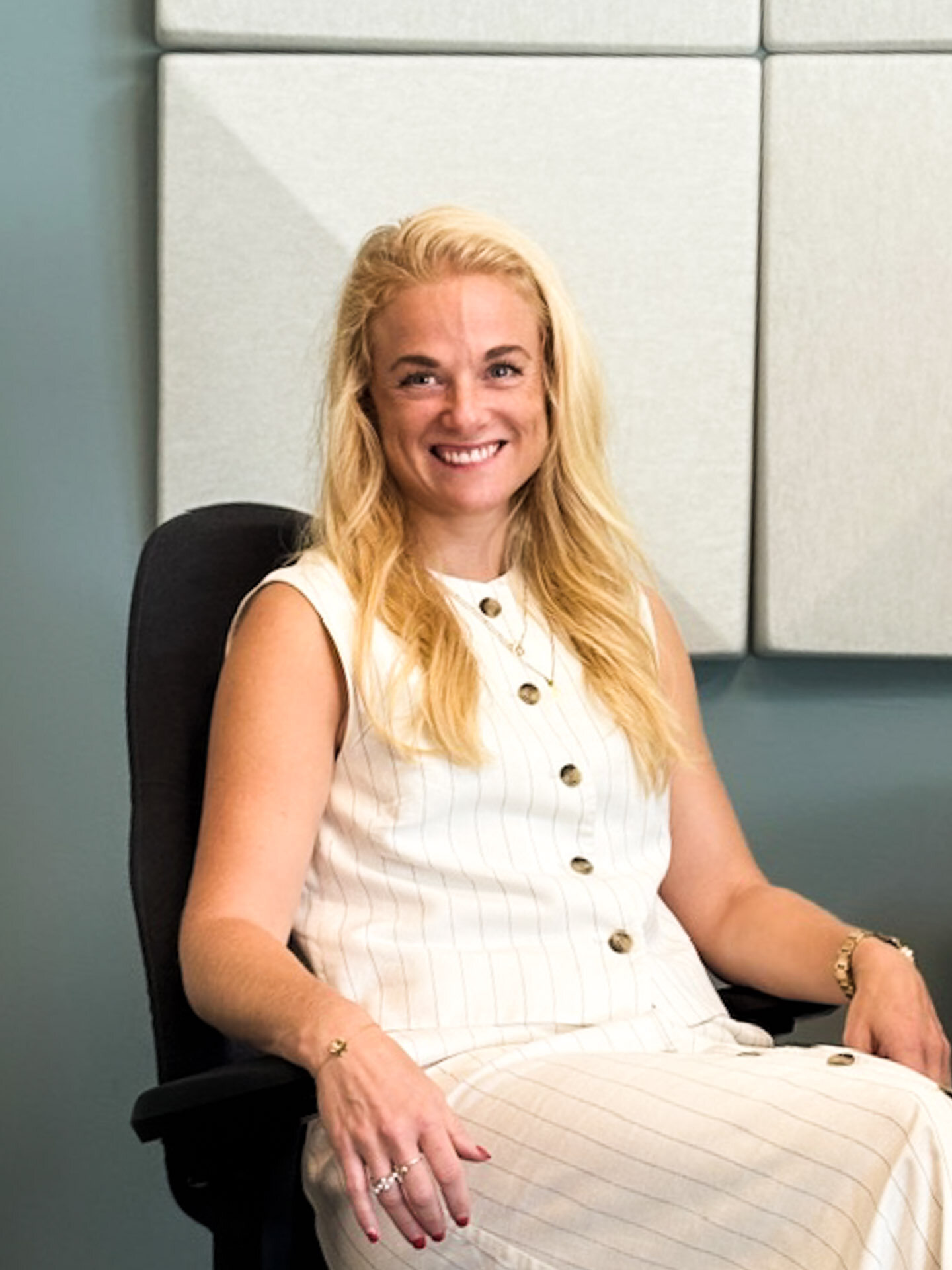Spotlight on RH Mereo
For Rebecka, a key part of her work is helping people find the right chair for their needs. That decision depends on many factors - personal preferences, the type of tasks being done, and how long someone spends at their workstation. “What I like about working with Flokk is that they have a wide range of options, which makes it easier to match the right chair to the right person,” she says.
Within that range, the RH brand is known for chairs that focus strongly on ergonomics and adjustability. Each model is designed to support specific needs, helping users fine-tune their seating for better posture and comfort.
In some cases, the need for adaptability is greater. This is where the RH Mereo stands out. “An RH Mereo chair offers a wide range of adjustments, from seat height and depth to armrest positioning and tilt tension,” explains Rebecka. “That makes it easier to adapt the chair to different body sizes and personal preferences.”
She notes that this level of adaptability is especially valuable in environments where chairs are shared. “When several people use the same workstation, Mereo makes it easy for each person to quickly adjust the chair to their own body,” she says. “The immediate reaction is often: ‘Oh, what a comfortable chair, you really feel the support in the back.’”
For Rebecka, this underlines why the right chair is more than just a matter of comfort. With RH Mereo, adjustability and support become tools for healthier postures and long-term wellbeing - a small change that can make a big impact. The result is fewer injuries over time and a workplace where people can stay focused and perform at their best.
Three quick ergonomic improvements
Even the most well-equipped workplaces can fall short if the basics are overlooked. According to Rebecka, these are the areas where companies most often miss the mark - and where quick changes can make a big impact:
- Do not stop at buying the chair - “Review your office chairs - can they be adjusted for the individual?”
- Close the knowledge gap -“Educate employees in sustainable ergonomic practices so staff know how to use their equipment and avoid static strain.”
- Turn standing desks into everyday tools - “Help employees create more varied working positions. The recommendation is to stand for two hours a day, yet I would say that 80 per cent today do not use their height-adjustable desks at all.”
Key takeaways
-
Ignoring ergonomics can lead to long-term neck and back strain.
-
Training and awareness are as important as the right equipment.
-
Chairs matter most, but desks, screens and lighting also play a role.
-
RH Mereo offers wide adjustability, making it easy to fit different bodies and shared use.
-
Three common blind spots: adjustable chairs, training, and standing desk habits.
-
The future of ergonomics is flexible work balanced with recovery.
For organisations looking to strengthen their approach, Flokk offers a wide range of ergonomic solutions to match different needs. Not every workplace requires the same level of adjustability - but where adaptability and shared use are priorities, the RH Mereo provides a unique advantage. Experts like Rebecka can help companies choose the right chair for the right people, and ensure ergonomic principles are put into practice every day.
Discover RH Mereo
Learn more about Ergodesign’s services



